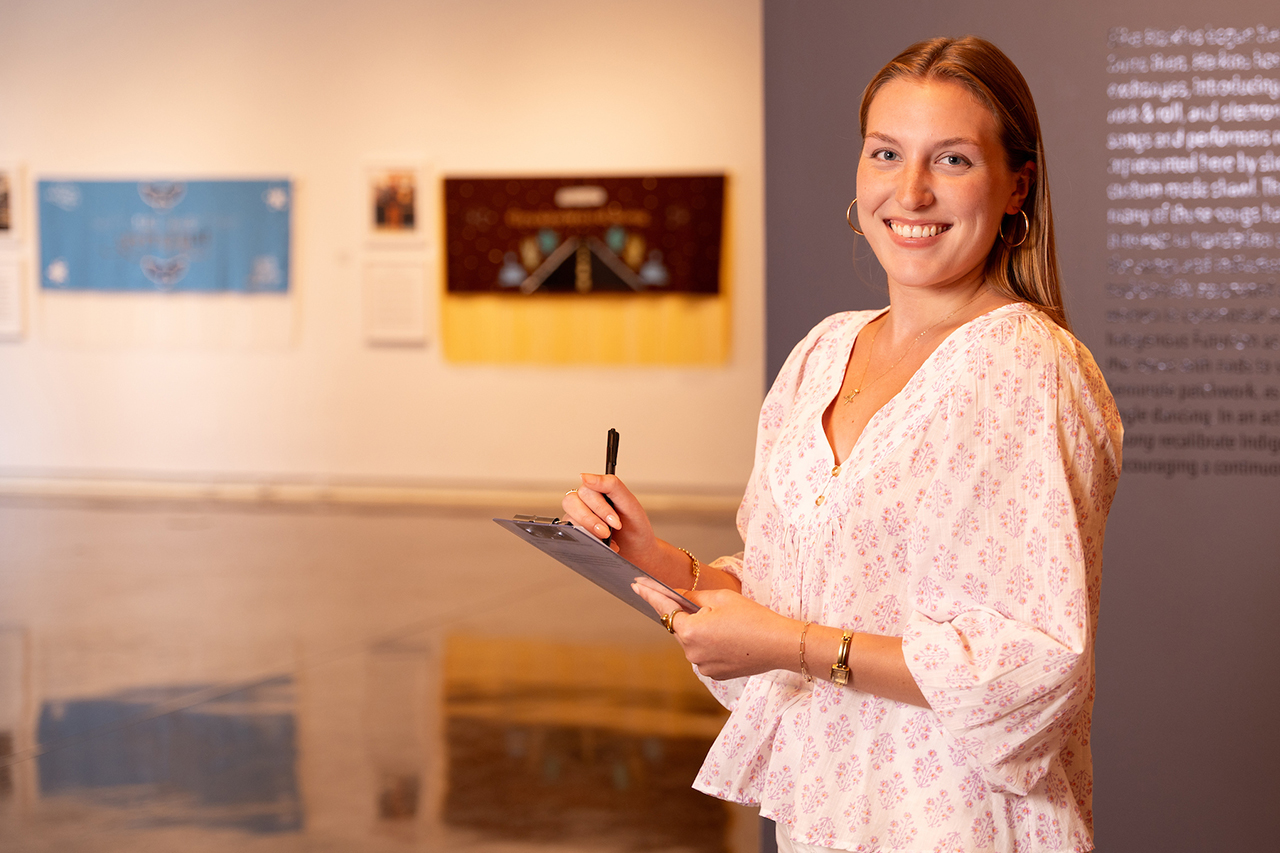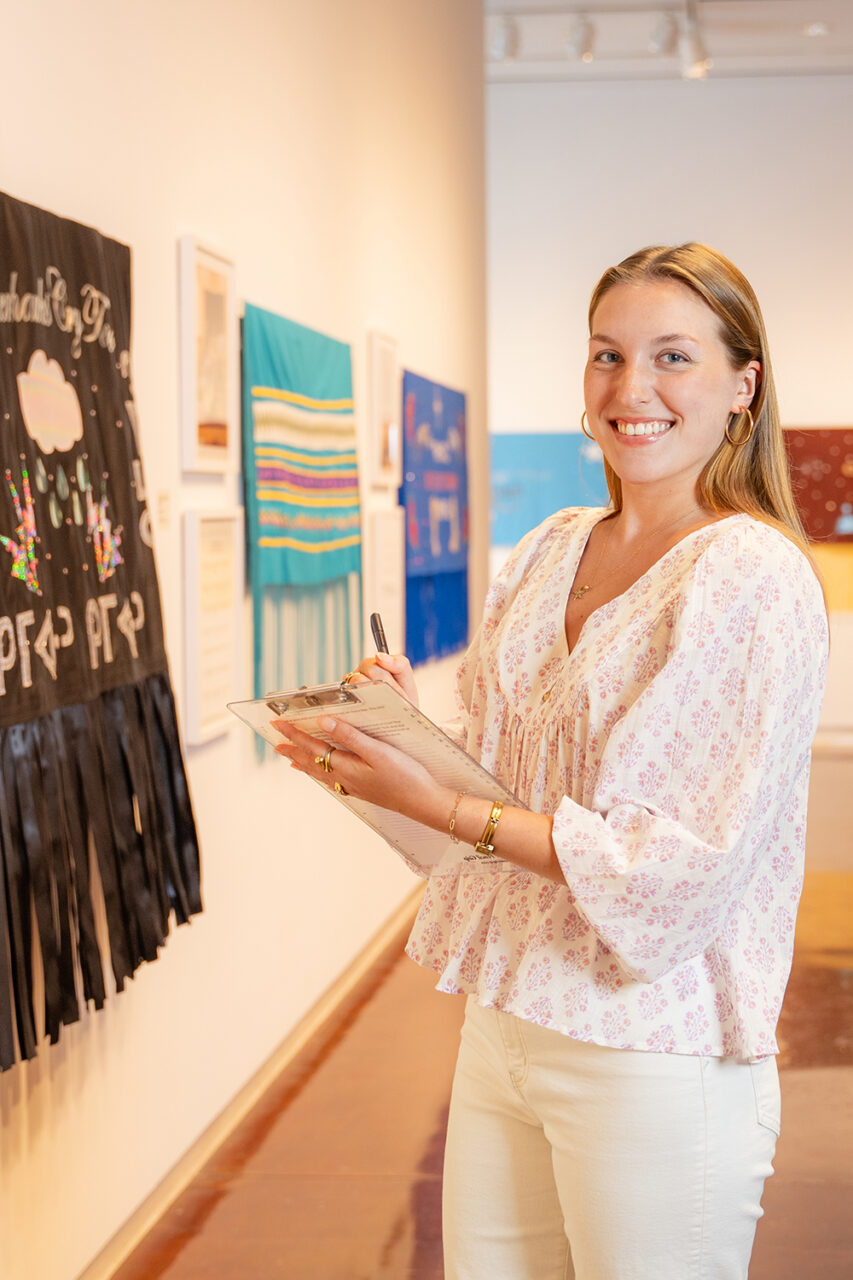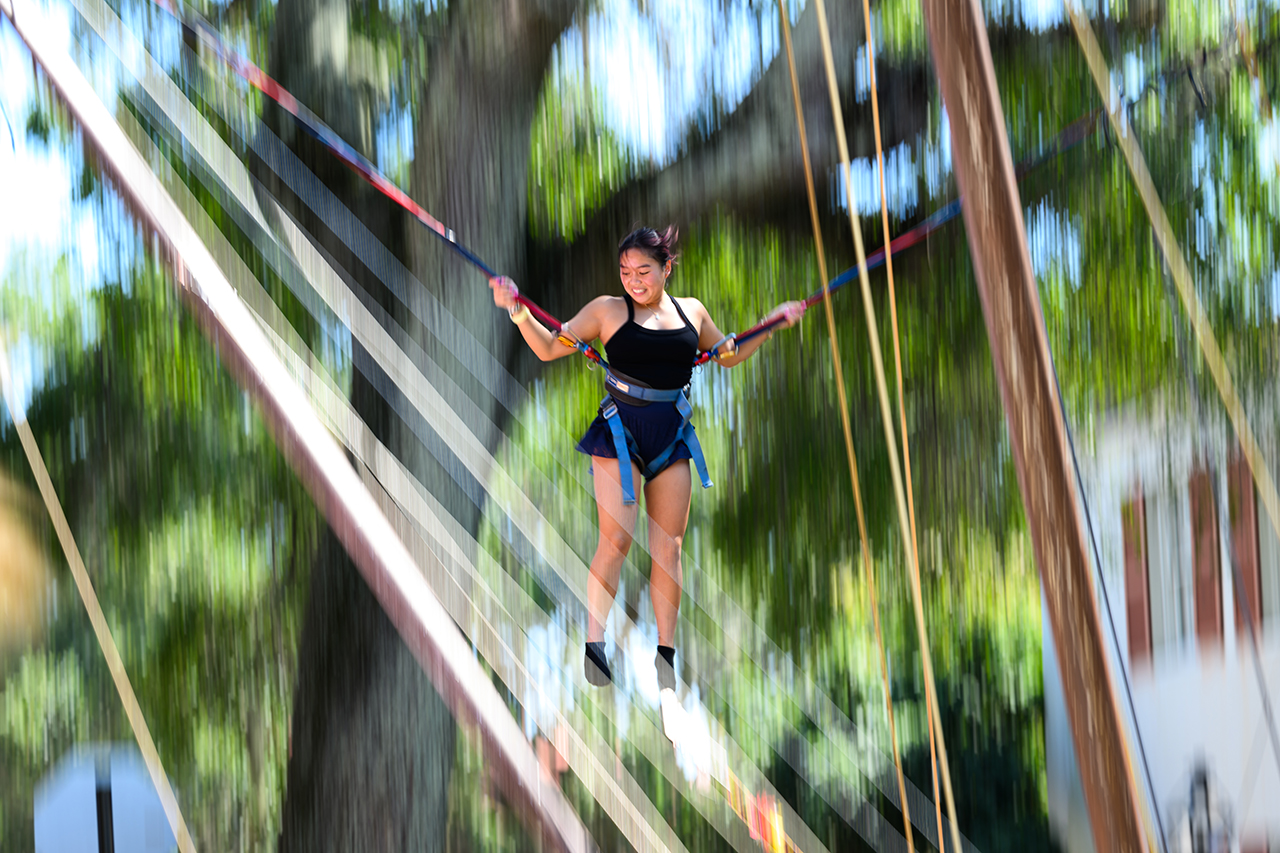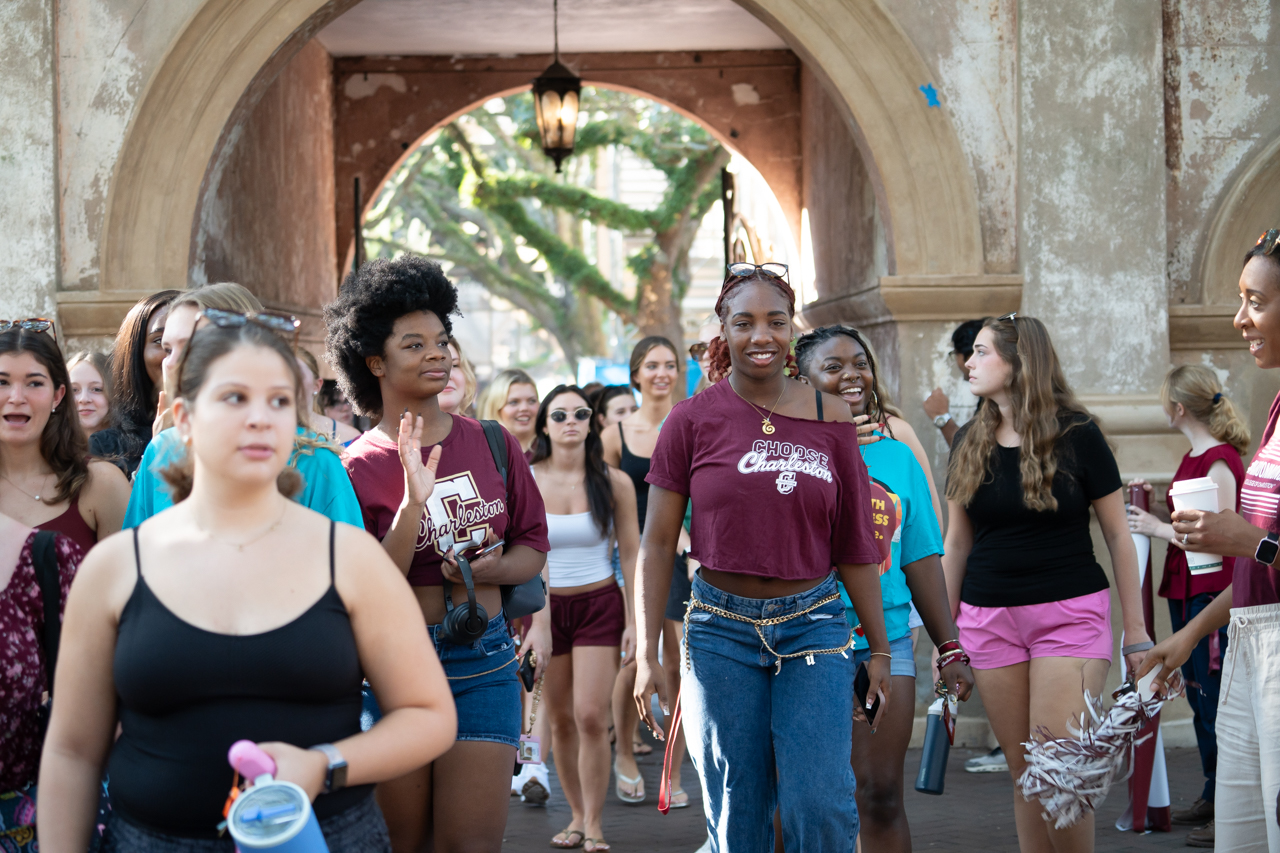Students Find Art and Healing on College of Charleston Campus
Psychology major Samantha Tracey writes about the de-stressing intervention called Art and Healing that she created for CofC students.

by Samantha Tracey
Everyone knows the feeling – due dates creeping ever closer; assignments piling up that you know you should do, yet you can’t seem to find the motivation to chip away at your to-do list. Instead, you find yourself binge-watching Gilmore Girls and telling yourself you’ll start once you find the energy, yet the energy never seems to come.
This feeling is called burnout. It is a feeling many of us know all too well: A 2022 study from the American College Health Association found that a majority of undergraduate students (75%) reported that they felt moderate to high levels of stress, and 54% reported that they felt this stress was impacting their academic performance.

Between my coursework in both psychology and neuroscience, and the additional requirements required of me as part of the Honors College, I noticed I was starting to become more acquainted with this feeling than I would have liked. The human mind is a powerful force to be reckoned with, and part of the reason I chose to study psychology. Our brains simultaneously have the power to keep us down in the dumps or lift us up and help us flourish, often without us even realizing. As someone who is naturally curious, I knew there had to be a solution rooted in psychology somewhere out there, so I started my search.
I began working on my bachelor’s essay focusing on burnout prevention, and in my research I came across numerous articles where researchers used art museums to help reduce burnout and promote students’ success. I realized this might be the solution to my, as well as my peers’ stress problem.
Armed with this new information, I decided to create a de-stressing intervention for my fellow students called Art and Healing. Observing art has been shown to help reduce stress, increase focus and foster community engagement, and I wanted to bring those benefits to the student body. This project was a two-part study/intervention where I used the Halsey Institute of Contemporary Art on campus to help students relax and refocus during finals week.
In the first part of the intervention, I asked students to take some time to acquaint themselves with the Halsey Institute and then find one piece of art that stood out to them. After choosing a piece, students used a worksheet I created to guide their thoughts about the art. The worksheet asked students to really think about the art and what stood out to them, and to write down any thoughts they had about it. To test the worksheet’s usefulness in boosting mood, I had students fill out a short mood-assessment survey before and after using the worksheet to meaningfully observe the art.
I found that there was a significant effect on boosting mood after observing the art, and I used this information to create the intervention. The intervention took place on the reading day before finals week this past spring. The intervention was very similar to the study: Students were asked to spend some time observing art in the Halsey Institute – and, when they found one that stood out to them, to spend some time observing it, using the worksheet to guide their thoughts. I received a lot of positive feedback from students, many of them saying they appreciated the break from studying and loved walking around the Halsey Institute, a place many said they hadn’t even visited before this intervention.
Taking time to explore art museums is an easy way to be mindful and reduce stress. If you live close to an art museum (maybe even the Halsey Institute), I encourage you to take some time to look at art. You may find you feel better after doing so.



